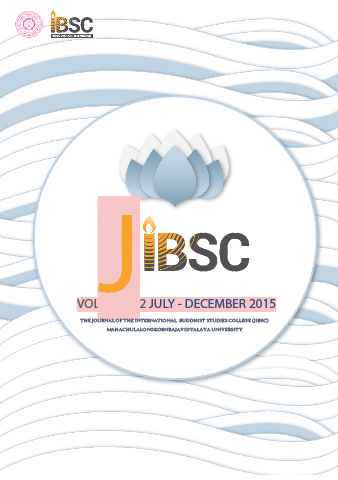AN INTRODUCTION TO THE ORIGIN AND DEVELOPMENT OF SANSKRIT GRAMMAR
Main Article Content
Abstract
Sanskrit and Pāli languages are regarded to the primary sources of Buddhist studies. A study of language is so called linguistics in a branch of social science, which involves an analysis of language form, meaning, and context. The study of language meaning deals with how languages encode relations between entities, properties, the world to convey, process, and assign meaning, as well as mange and resolve ambiguity. On the other hand, the study of semantics concerns itself with truth conditions, pragmatics deals with how situational context infl uences the production of meaning. Grammar is a system of rules which contain the production of pronunciation and use of utterances in a particular language. Linguistics concerns with the social, cultural, historical and political factors, and even on the religious studies that infl uence language. It involves the study of written, signed, or spoken through varying speech communities. The sub-branches of historical and evolutionary linguistics focus on how language change and grow in an extended period of time. Traditionally, linguistics focuses on the studying the nature of human language by observing and interplays between sound and meaning. The aim of this small paper is to give an introduction to the origin of Sanskrit language, how it becomes develop into modern period, and the Sanskrit grammarian schools.
Article Details
The Journal of TCI is licensed under a Creative Commons Attribution-NonCommercial-NoDerivatives 4.0 International (CC BY-NC-ND 4.0) licence unless otherwise stated. Please read our Policies page for more information on Open Access, copyright and permissions.


